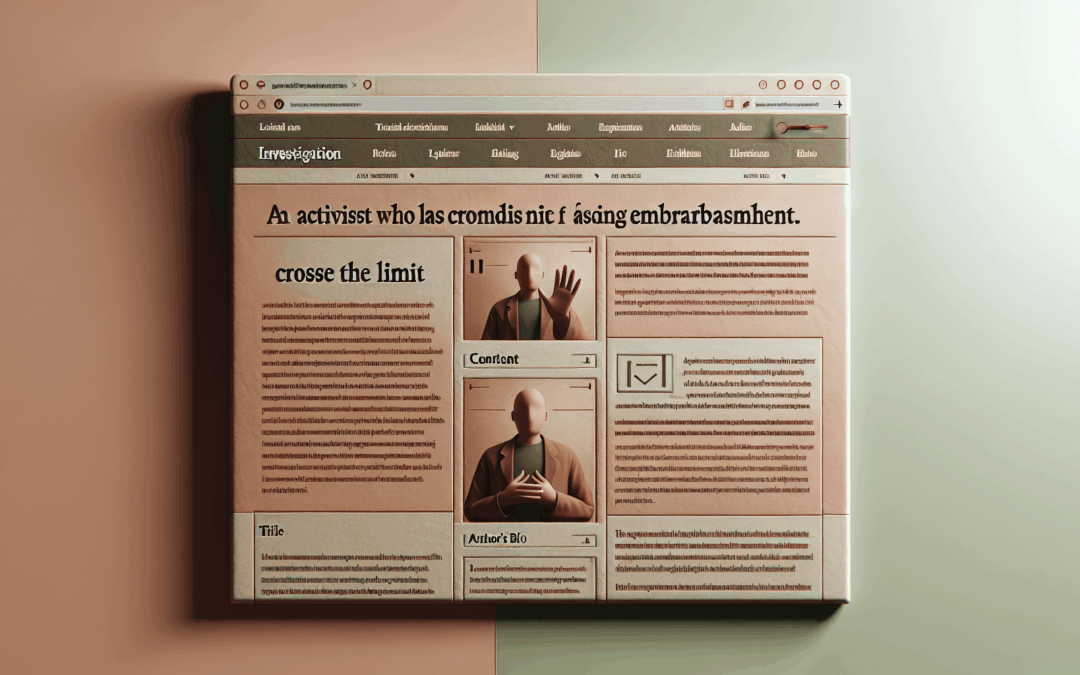Beyond the Badge: The Silent Struggle of Frontline Officers
As the sunlight begins to crease the horizon, officers across the nation don their uniforms with a deep-seated sense of purpose. Each shift promises the unknown—a fragile tapestry woven with the threads of potential crisis and routine calm. For the men and women in these blue and gray fabrics, emotions run high as they step into a world that demands them to be guardians of the peace. Yet, in the charged climate of today’s society, their role often teeters unwelcome on the edge of controversy.
It takes more than fortitude to be an officer in today’s world. The public expects nothing less than perfection, and even the slightest mistake or misperception can lead to an avalanche of criticism. Through this continuing trial, the emotional toll this job enforces tends to go unnoticed in the sweep of headlines and sweeping generalizations. There’s a profound dichotomy between the perceived power of the badge and the vulnerability that lies beneath it—a vulnerability heartfelt among the ranks, but rarely addressed.
One of the silent burdens officers carry is the sheer unpredictability of their day-to-day experiences. Unlike those in most professions, the balance between daily duties and life-threatening situations can pivot within a heartbeat. The constant need to switch between counselor, medical responder, social worker, and law enforcer demands a resilience that defies most expectations. As officers prepare for another day without a clear plan, they bear the anticipation of facing humanity at its simplest and, sometimes, at its most triumphant or degrading moments.
It is not just the demands of versatility that chip away at their fortitude; it’s the constant barrage of judgment from a critical public. Law enforcement officers are held under a relentlessly watchful eye, each decision dissected with intense scrutiny. It’s a reality magnified in the digital era, where platforms allow instantaneous verdicts on actions yet often omit the complexities and context behind those decisions. For many, this glare is cast without firsthand knowledge of the conversations whispered past body cameras or the thoughts racing beneath riot helmets.
In recent memory, numerous recordings shared widely online have crafted partial narratives. While transparency is critical, these snapshot recordings sometimes miss the nuances of extensive encounters, omitting preambles or ignoring the body language preceding critical turns of events. Officers are left to defend not just their actions, but the very essence of their profession, in a dialogue that seems perpetually one-sided.
As public records demand transparency, the impact of these requests and ensuing discourse often leaves officers grappling with skepticism both internally and within the communities they pledge to serve. What starts as a crusade for accountability sometimes crosses into realms of hostility, leaving officers caught in its corrosive echo—questioned, sidelined, yet continually pledged to serve.
The relentless scrutiny extends beyond the officers and touches their families, drawing loved ones into a world filled with unease and what-ifs. They support their household’s officers, praying not just for their safety from scenes of chaotic uncertainty, but from broader narratives that paint them uniformly as problematic rather than protective. These loved ones understand, perhaps better than anyone, the critical duality officers uphold daily: the duty to confront society’s worst and the promise to safeguard society’s best.
The emotional labor takes its toll. Mental fatigue grows silently like an encroaching shadow, reinforced by the pressure to always be flawless when no person is beyond fault. The impact of this silent struggle resonates deeply within, with officers experiencing the painful rift between duty and external perceptions—straining under expectations whale sized enough to burden mythical gods.
Still, amid the storm, there’s resilience worth noting. Officers find solace in camaraderie—a brotherhood and sisterhood of those who stand beside them no matter how towering the tide. While public focus often rests on image-critical incidents, it’s within these unknowable exchanges of support, understanding, and shared mission where officers find purpose and courage.
Motivation takes root in remembrance—of lives saved, of neighborhoods stabilized by presence and action, and in moments only partitioned as whispers shared between calls. For every video shared in the digital space, infinitely more deeds of unrecognized dedication occur quietly, armed not with media exposure but with the quiet satisfaction of a job dutifully done.
The journey of law enforcement may be fraught with tribulations that stir introspection and critique, yet officers remain faithful to their commitment: to keep turning at signals evolving day and night; to shape a society’s hopeful tomorrow with resolute beliefs that, even under fire, love knows no uniform.
Understand their perspectives, and delve deeper into the dialogue with content aimed at fostering respect, knowledge, and empathy. Visit The Jon Ligato Show for more unvarnished reflections on policing, and join them on YouTube and Facebook for real discussions on the gritty reality faced and embraced by these everyday heroes.

Recent Comments